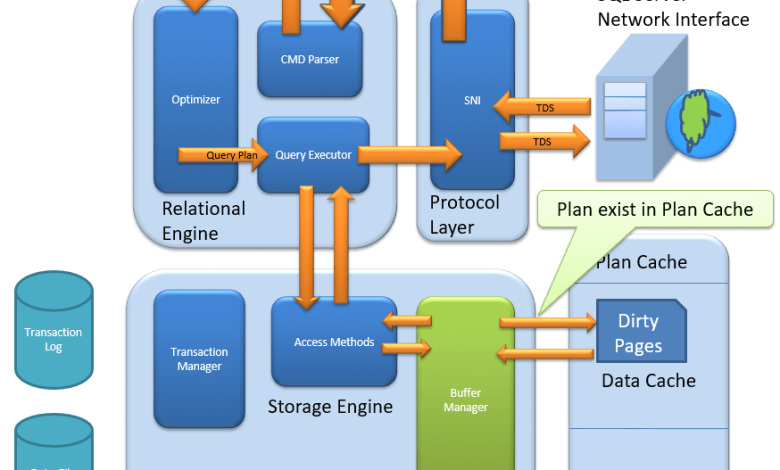More on Transaction Log File & SQL Server Performance Tuning
Tosska SQL Tuning Expert Pro (TSE Pro™) for Oracle®

It is essential to know what a transaction log file is in SQL Server. In this post, we will explain this component and some of its important features that help with SQL Server performance tuning.
To begin with, a transaction log file forms an integral aspect of SQL Server DBMS. It comes with an LDF extension with the data file (data files have MDF extensions). These two form a SQL Server database, and this database can contain multiple data files.
The extra data files, however, don’t have an MDF extension. Instead, they come with NDF extensions. Moreover, although the database can have only a single T-log file active at a time, multiple LDF files can exist physically (which is also what experts recommend in certain scenarios).
Functions of a Transaction Log File in SQL Server
This type of file in SQL Server is responsible for storing every transaction that takes place in a SQL Server database. Its presence affects query tuning in SQL in different ways, depending on how it is used. The DBMS records each transaction into the transaction log in a sequential manner.
This component exists because its purpose is to restore old values in case they ever find a use for any reason, such as in disaster recovery situations. The maintenance of each log file may vary depending on the recovery model.
If the DBA picks the full recovery model, the database keeps recording new transactions from the beginning of the file in case the log is completely filled. But this only happens if the old transactions are ready for deletion and a backup exists.
In case the backup doesn’t exist, the file ends up expanding as it will have to accommodate recent transactions. This slows down performance and consequently, the need for SQL Server performance tuning.
In some cases, there isn’t enough free space on the hard drive and the SQL Server transaction log file becomes unable to grow. This causes SQL Server to report an error. For multiple transaction log files, SQL Server proceeds to go through each file before writing new transactions in the first file. The size limit for these files is 2 TB.
Virtual Log Files – What They Are
A transaction log file consists of smaller files a.k.a. virtual log files. They can be of any quantity depending on the transaction log file itself, and their number isn’t restricted. Each VLF or virtual log file can be of different sizes as well which SQL Server decides dynamically at the time of creation or extension of the transaction log file.
The aim of the database is to keep the number of virtual log files in the T-log file as low as possible. Otherwise, you may require query tuning in SQL. That’s because the database is more efficient at managing fewer files. The database administrator cannot adjust the size or configurations of virtual log files either.
Additionally, having too few or too many such files can adversely affect performance. However, the best values of these files can change depending on the case, which is why there isn’t any general rule that can enable the user to set the best ones for auto-growth.




